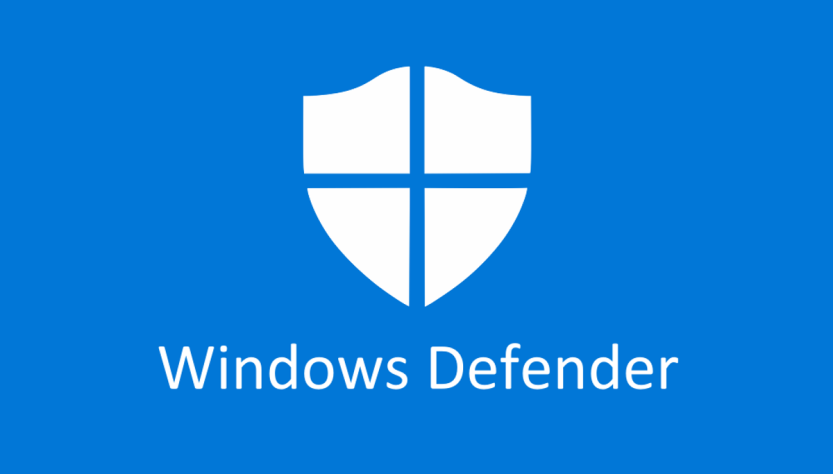A common misconception when the discussion goes to antivirus engines is that Microsoft Defender sucks. Well, ok I have to admit that couple year back, the first thing I was doing after fresh installing new windows was to disable Defender and then install the antivirus solution of my preference back then.
Microsoft Defender has grown since then and it has grown a lot. Microsoft took the whole idea a lot further and brought a full suite of extremely intelligent solutions that initially had different names, but later or all were renamed under the label of Defender.
So when people are mocking Defender they are not really aware on what they are talking about. First of all because they don’t know how much Windows Defender had grown and secondly that there is a full suite called Defender that includes Microsoft Defender for Endpoint that can be installed on client machines.
What is what?
Windows Defender is a security program that comes pre-installed with Windows operating systems. It provides real-time protection against malware and other threats, and it can also scan your computer to identify and remove malware that is already present/.
Microsoft Defender for Endpoint is a security program designed for businesses and organizations. It provides protection against a wide range of threats, including malware, ransomware, and advanced persistent threats (APTs). In addition to traditional signature-based malware detection, Microsoft Defender for Endpoint uses machine learning and other advanced technologies to identify and block threats. It also integrates with other Microsoft security products and services, such as Microsoft Defender for Office 365, to provide a comprehensive security solution for businesses.

Is there any integration?
Microsoft Defender for Endpoint integrates with Windows Defender in the following ways:
- If Microsoft Defender for Endpoint is installed on a Windows device, it will automatically disable and replace Windows Defender as the primary security program on the device.
- Microsoft Defender for Endpoint uses the same technology as Windows Defender to detect and block threats.
- Microsoft Defender for Endpoint can leverage the cloud-based protection provided by Windows Defender to detect and block threats in real-time.
- Microsoft Defender for Endpoint can use the same quarantine and remediation tools as Windows Defender to remove malware and other threats from a device.
Key Differences?
Here are some of the key differences between the two programs:
- Advanced threat protection: Microsoft Defender for Endpoint uses machine learning and other advanced technologies to identify and block threats that traditional signature-based security programs might miss. It also provides protection against advanced persistent threats (APTs), which are highly sophisticated and targeted attacks that are difficult to detect and defend against.
- Comprehensive security solution: Microsoft Defender for Endpoint integrates with other Microsoft security products and services, such as Microsoft Defender for Office 365, to provide a comprehensive security solution for businesses. It also integrates with existing security systems and tools, such as firewalls and intrusion prevention systems, to provide a unified view of an organization’s security posture.
- Centralized management and reporting: Microsoft Defender for Endpoint provides a centralized dashboard that allows security administrators to manage the security of all devices in their organization from a single location. It also provides detailed reporting and analytics capabilities to help administrators understand their organization’s security posture and identify areas for improvement.
- Customization and control: Microsoft Defender for Endpoint provides a range of customization and control options to allow security administrators to tailor the security program to the needs of their organization. For example, administrators can set policies to control how devices are protected, create custom security alerts and notifications, and customize the security features that are available to users.
Conclusion
Overall, Microsoft Defender for Endpoint is a more advanced and comprehensive security solution than Windows Defender, with a range of features and capabilities that are designed to meet the specific needs of businesses and organizations. But on the other hand, Windows Defender is free on Windows Systems.
And to finalize the argument, now that we manage to identify the differences between Windows Defender Antivurs and Microsoft Defender for Endpoint, let’s add some interesting reviews on the free solution.
As it is also referred in Wikipedia “During a December 2017 test of various anti-malware software carried out by AV-TEST on Windows 10, Windows Defender earned 6 out of 6 points in detection rate of various malware samples, earning its “AV-TEST Certified” seal. source
During a February 2018 “Real-World Protection Test” performed by AV-Comparatives, Windows Defender achieved a 100% detection rate of malicious URL samples, along with 3 false positive results. source
An AV-TEST test of Windows Defender in October 2019 demonstrated it provides excellent protection both against viruses and 0-day / malware attacks. source
On December 1, 2021, AV-TEST gave Defender a maximum protection score of 34 points after successfully managing to detect ten out of ten ransomware samples in a lab test.“
